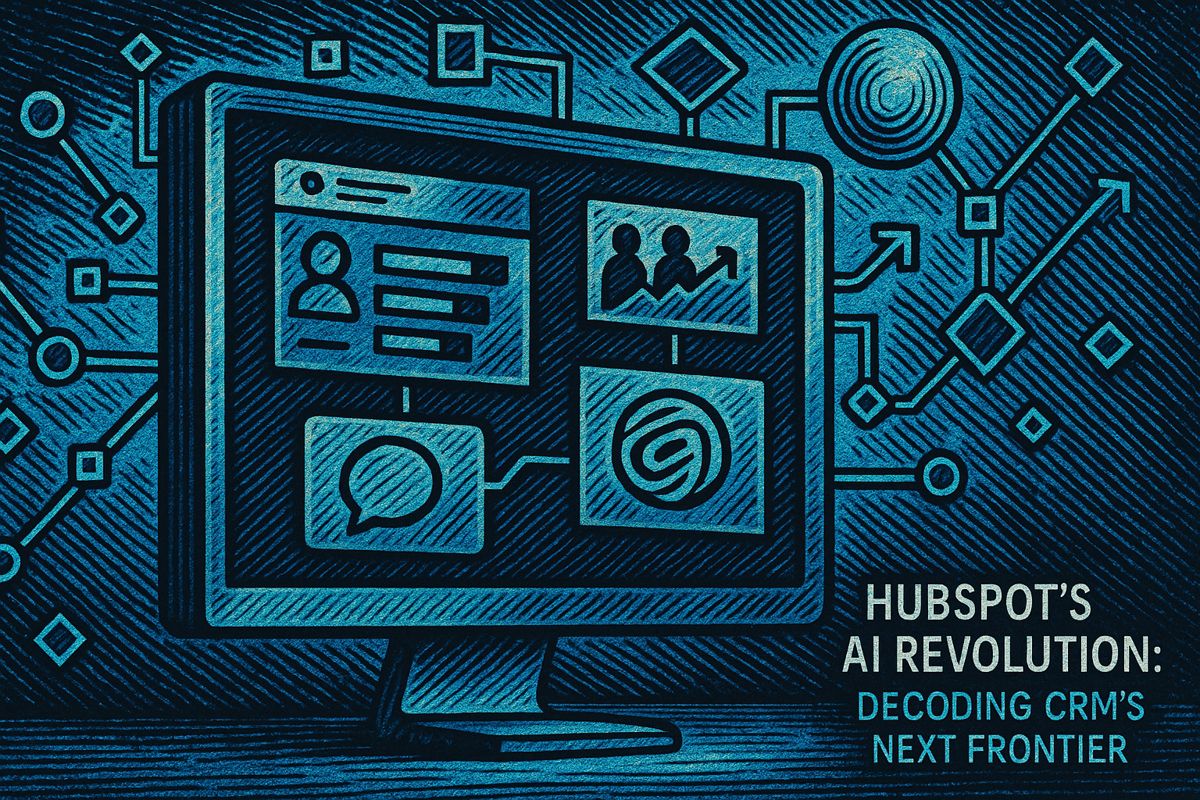Realizing a significant ROI from generative AI adoption demands more than technology; it requires a clear strategy, a prepared workforce, and disciplined execution. This guide distills findings from 2025 enterprise case studies into actionable steps for leaders to drive measurable returns, faster innovation, and leaner processes within the first 18 months.
Align on value before code
Successful enterprises anchor every generative AI initiative to a core business objective. For example, JPMorgan Chase reduced fraud losses by 20% by linking AI to compliance goals, while Walmart cut stockouts by 30% through phased AI deployments. Begin by identifying 2-3 high-impact pain points, assign executive sponsors, and tie funding to clear ROI milestones.
Enterprises achieve this return by strategically targeting high-value business problems, ensuring their data is analysis-ready, and establishing robust governance frameworks. Success depends less on the model itself and more on aligning projects with board-level objectives, managing change effectively, and consistently measuring performance against ROI milestones.
Data readiness is half the battle
Data readiness is a critical, often-overlooked factor. Pfizer accelerated its drug discovery cycle by 18% by first creating governed pipelines for its proprietary R&D data. Citing the 2025 AI Index Report, only 11% of firms have AI-ready unstructured data. Prioritize investment in data cataloging, lineage tracking, and interoperability to ensure models are trained on accurate and compliant information.
Governance that scales trust
As regulations like the EU AI Act and ISO 42001 emerge, robust governance becomes non-negotiable. Leading firms build trust by embedding risk reviews into each development sprint, maintaining detailed model cards, and continuously monitoring for performance drift. Unilever’s use of an ethics board for every new model demonstrates that proactive governance is achievable and essential.
Change management beats model performance
The human element is paramount; successful adoption depends on effective change management. Generative AI flourishes in cultures that encourage experimentation, as seen at Monday.com, where enablement sessions empowered staff to rapidly create new assets. High-performing organizations typically allocate 10% of their project budget to training, workshops, and user support.
Measure ROI early and often
Consistently measuring ROI is key to justifying and scaling AI initiatives. While Snowflake’s 2025 survey highlights a 41% average ROI, this is achieved by tracking both hard and soft metrics. Leaders must monitor:
- Labor cost reductions (e.g., hours saved)
- Revenue increases from AI-driven products or services
- Operational efficiencies in resource usage
- Improvements in Customer Net Promoter Score (NPS)
- Employee retention in AI-augmented roles
Regularly track these KPIs, forecast payback periods, and decisively end underperforming pilots.
From pilot to platform – the Gen AI Playbook for Organizations
Transitioning from isolated pilots to an enterprise-wide platform requires a repeatable framework. Successful organizations follow a five-step expansion loop:
- Launch a pilot for a contained use case with a multidisciplinary team.
- Establish baseline metrics and gather user feedback within 90 days.
- Strengthen security, compliance, and MLOps for the proven use case.
- Apply the refined blueprint and governance templates to adjacent business functions.
- Conduct quarterly reviews of the AI portfolio against strategic objectives (OKRs).
This scalable loop is proven effective across industries, not just within tech giants.
Talent, tooling, and future proofing
Future-proofing your AI strategy involves a dual focus on talent and tooling. With 59% of companies projected to use multiple LLMs by 2026, a hybrid approach blending vendor APIs with open-source models is common for balancing control and speed. Prioritize upskilling your existing engineers in prompt engineering, model fine-tuning, and responsible AI principles. Fostering a culture of continuous learning through internal hackathons and training platforms is more sustainable than relying solely on external hiring.
Key takeaway metrics
This scorecard provides executives with a concise overview of program health after 12 months, enabling data-driven decisions on scaling and investment.
| Metric | Target after 12 months |
|---|---|
| Pilots Graduated to Production | ≥3 |
| Average Model Drift Detected Within | 14 days |
| Hard ROI Realized | ≥25% |
| Workforce Completion of AI Upskilling | ≥60% |
| Documented Ethical Incidents | 0 |
The path to successful AI integration is methodical. Organizations that align strategy, data, governance, and people are unlocking significant performance gains while navigating the competitive and regulatory landscape.
How quickly are enterprises recouping their generative AI spend?
Early adopters are achieving profitability remarkably fast. Based on data from Snowflake and IBM, 92% of leaders report that their generative AI investments have paid for themselves, with projects averaging a 41% cash-on-cash return within 12 months. This is significantly faster than the typical 3-year payback for enterprise software. The fastest returns are seen in customer service automation (35% ticket reduction), software development (20% faster release cycles), and marketing content creation (4-5x higher throughput).
Which KPIs actually prove value to the board?
Tangible, financial metrics are most persuasive for securing board approval. CFOs prioritize initiatives that demonstrate clear financial impact. Key metrics include:
- Labor Cost Savings: Quantified through hours saved on specific tasks, logged via internal tools.
- Operational Expense Reduction: Direct cost savings, such as Walmart’s 30% reduction in stock-out fines.
- Direct Revenue Lift: Increased revenue tied to AI-driven features, like Pfizer’s accelerated drug discovery timeline.
While soft metrics like NPS and employee engagement are valuable, hard financial data remains the primary driver for investment decisions.
What hidden costs erode the 41% ROI?
Data preparation and ongoing maintenance are the primary hidden costs. Since only 11% of firms have AI-ready data, projects often require an unforeseen data-cleansing phase, consuming 20-30% of the initial budget. Post-launch, recurring expenses for model monitoring, retraining, and governance can amount to 8% of the build cost each quarter. Furthermore, 64% of CIOs encounter unexpected integration challenges that were not included in the original project scope.
How do early adopters implement governance without slowing delivery?
By integrating governance directly into the development lifecycle. Leading companies like Unilever and JPMorgan run “ethics by design” in parallel with engineering sprints. Risk, legal, and ethics experts participate in each two-week agile loop, ensuring controls are built in from the start. This approach, which adds about 5% to the timeline, prevents costly rework from late-stage audits and protects both brand reputation and ROI by maintaining a live risk register.
What is the single biggest predictor of a pilot’s success?
Consistent executive sponsorship is the most critical factor. According to a 2025 McKinsey survey, AI projects with a C-suite sponsor who has at least three years of remaining tenure are 2.7 times more likely to scale successfully and achieve their full ROI potential. A stable executive sponsor provides the budget authority and long-term vision needed to navigate planning cycles and absorb unexpected project costs.



















